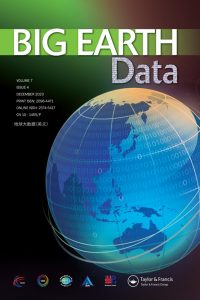Project Description

The following paper has been published recently in the Big Earth Data journal: Foreback, Benjamin, Alexander Mahura, Petri Clusius, Carlton Xavier, Metin Baykara, Putian Zhou, Tuomo Nieminen, et al. “A New Implementation of FLEXPART with Enviro-HIRLAM Meteorological Input, and a Case Study during a Heavy Air Pollution Event.” Big Earth Data, (2024), 1–38.
https://doi.org/10.1080/20964471.2024.2316320
Abstract:
We integrated Enviro-HIRLAM (Environment-High Resolution Limited Area Model) meteorological output into FLEXPART (FLEXible PARTicle dispersion model). A FLEXPART simulation requires meteorological input from a numerical weather prediction (NWP) model. The publicly available version of FLEXPART can utilize either ECMWF (European Centre for Medium-range Weather Forecasts) Integrated Forecast System (IFS) forecast or reanalysis NWP data, or NCEP (U.S. National Center for Environmental Prediction) Global Forecast System (GFS) forecast or reanalysis NWP data. The primary benefits of using Enviro-HIRLAM are that it runs at a higher resolution and accounts for aerosol effects in meteorological fields. We compared backward trajectories generated with FLEXPART using Enviro-HIRLAM (both with and without aerosol effects) to trajectories generated using NCEP GFS and ECMWF IFS meteorological inputs, for a case study of a heavy haze event which occurred in Beijing, China in November 2018. We found that results from FLEXPART were considerably different when using different meteorological inputs. When aerosol effects were included in the NWP, there was a small but noticeable difference in calculated trajectories. Moreover, when looking at potential emission sensitivity instead of simply expressing trajectories as lines, additional information, which may have been missed when looking only at trajectories as lines, can be inferred.
